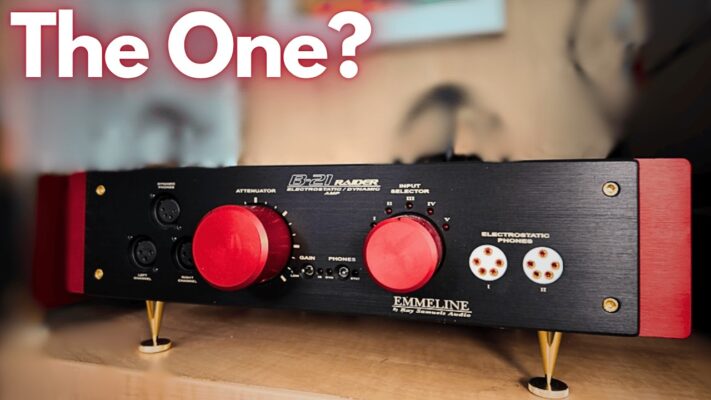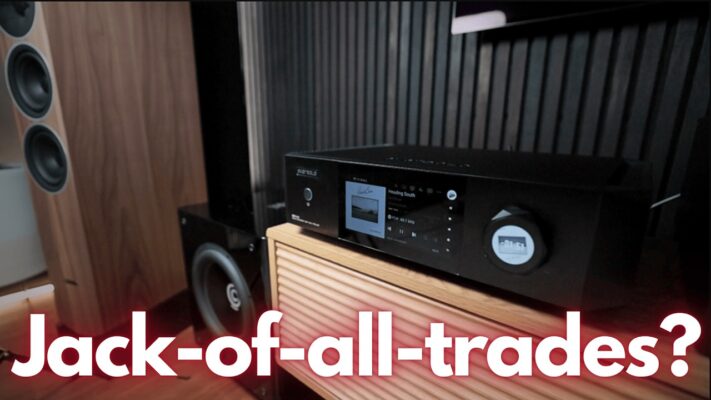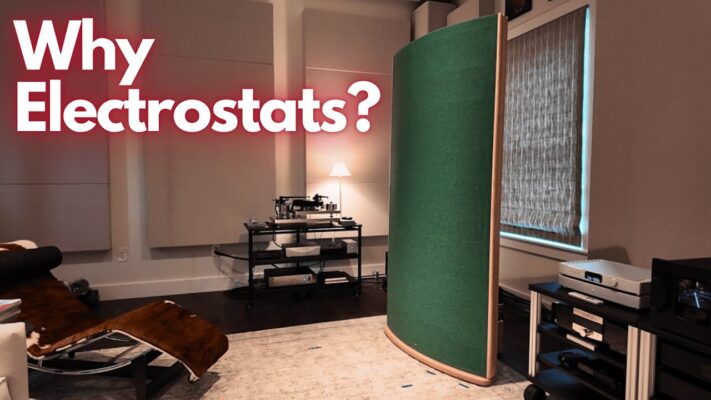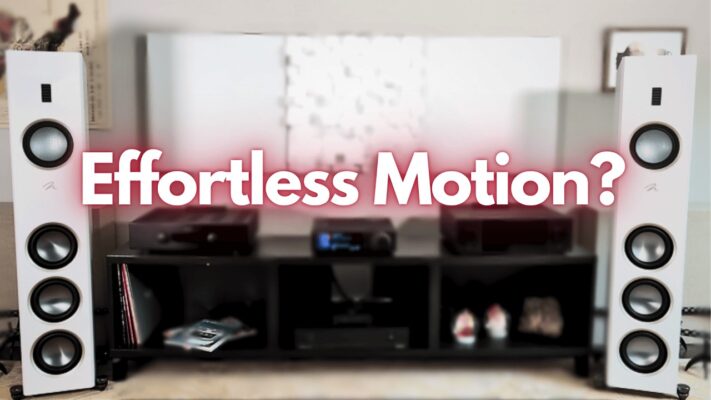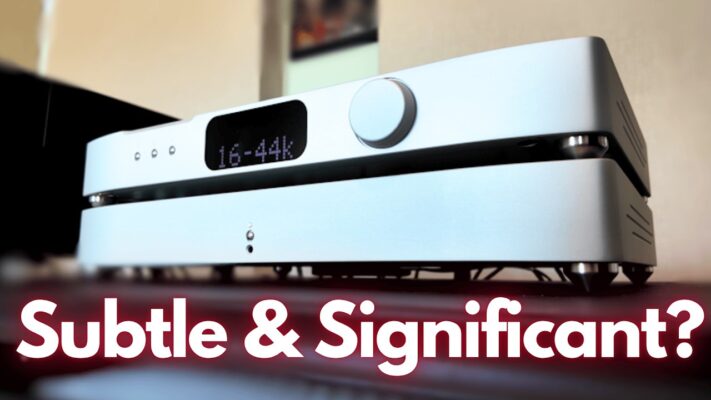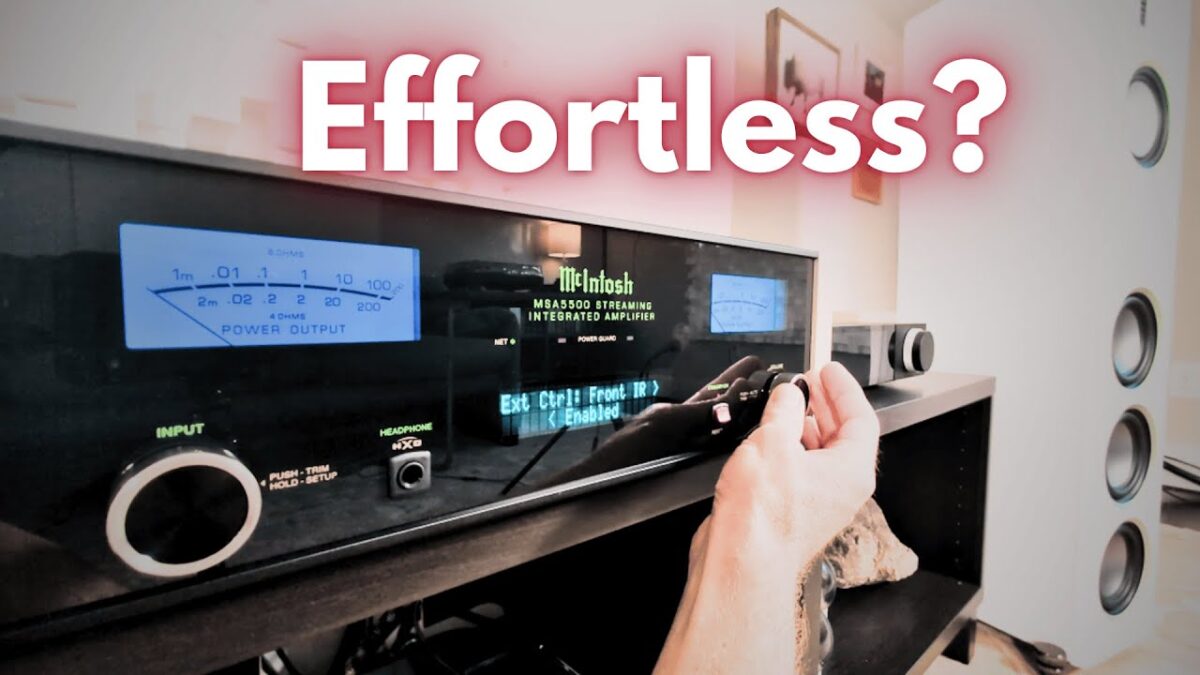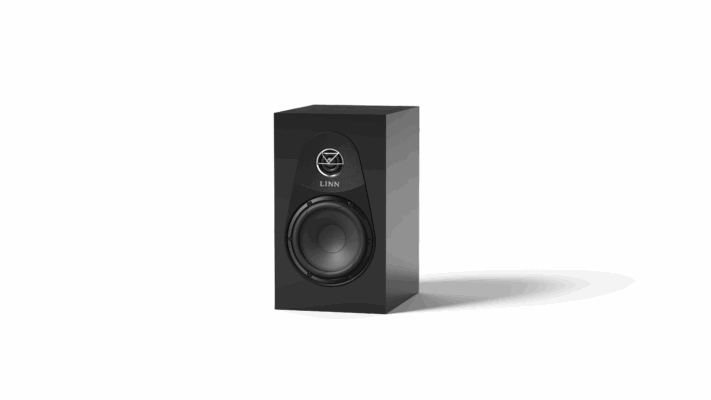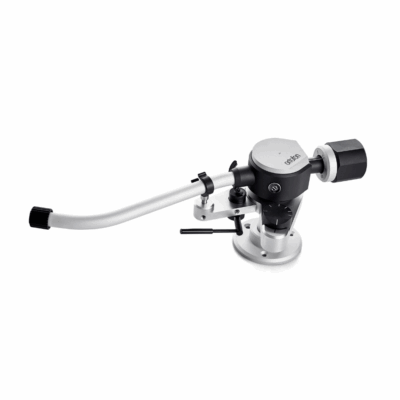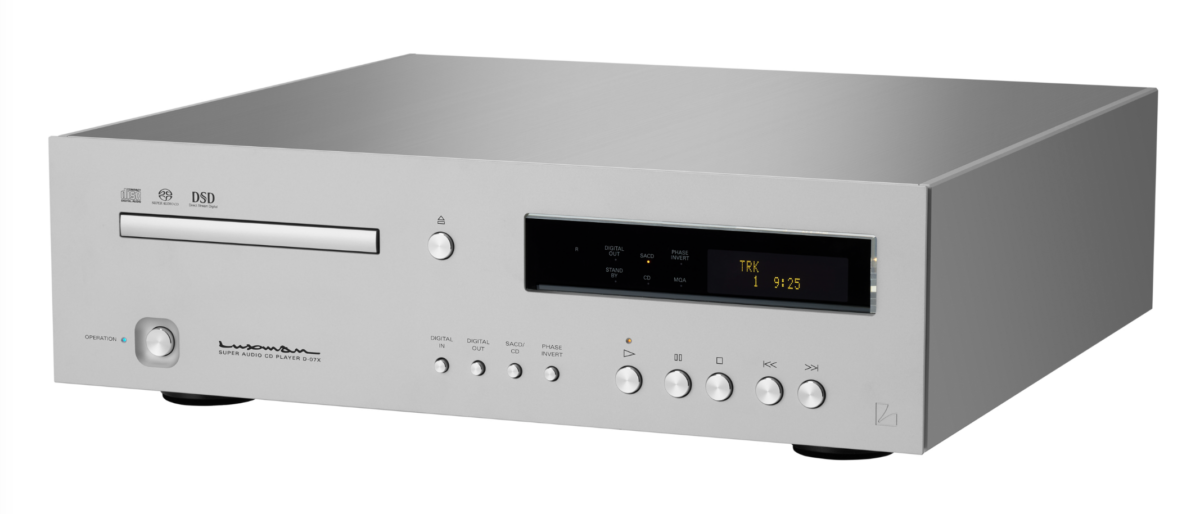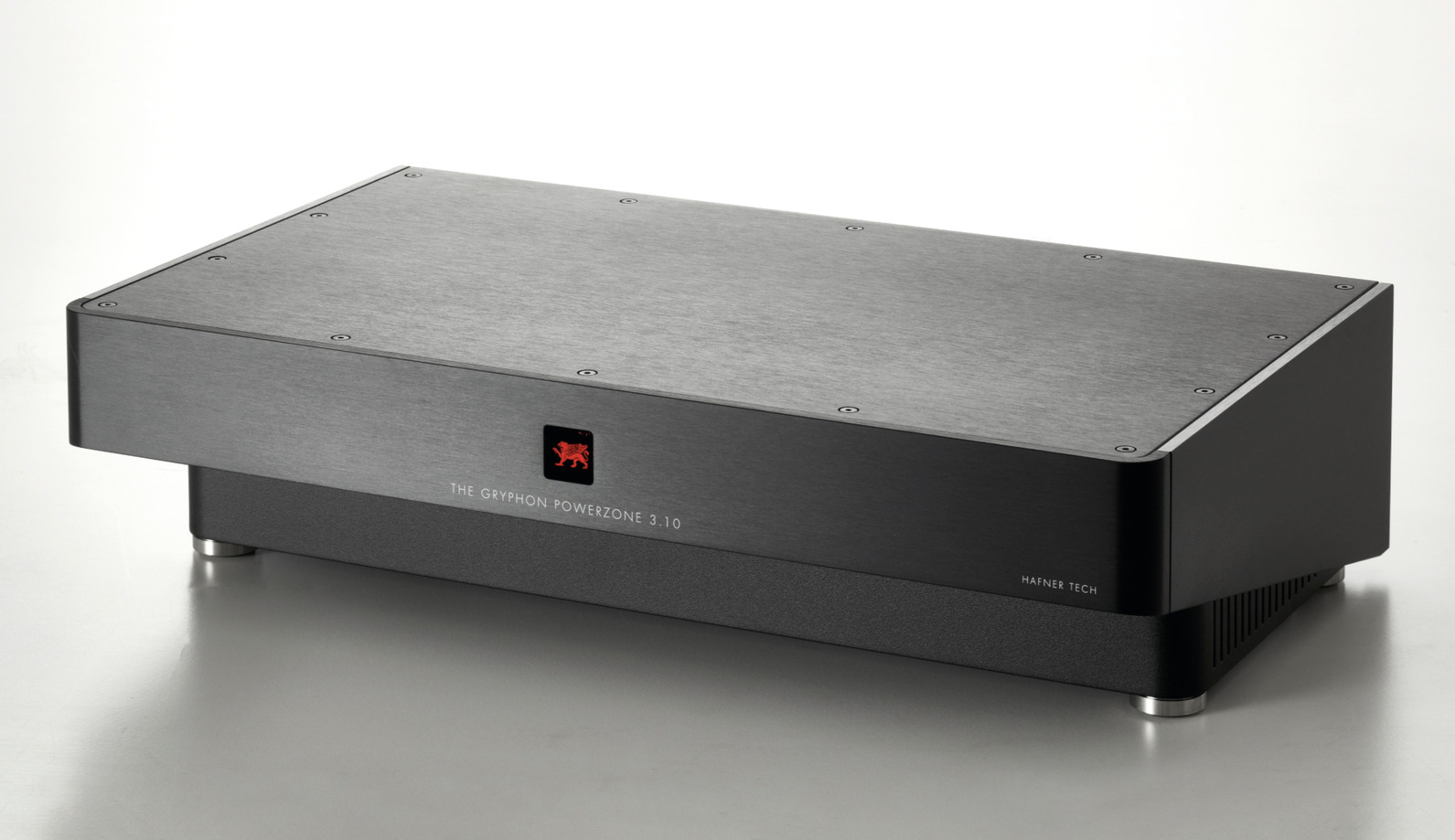
Gryphon just entered the power optimisation world. Not ‘entered’ like ‘politely knocked at the door and asked to be let in’. Gryphon hit the power optimisation world with all the force of that meteor that took out the dinosaurs 65 million years ago. With the PowerZone 3, Gryphon makes the best – and most expensive – power optimiser in high-end audio.
More accurately, Gryphon has two of them: the PowerZone 3.10, with one bank of eight high-grade sockets and the PowerZone 3.20, with two banks of four. The 3.10 has a current capacity of 20A, whereas the 3.20 can handle a full 40A. One might wonder what kind of arc-welding amplifier might need a 40A current capacity, but Gryphon is also the company that makes the Apex mono power amplifier, which could get sound out of drive units made of blocks of steel. So maybe having that kind of current handling isn’t so crazy after all.
When two become one
We can dispense with separating them out; the two work in a similar manner and perform identically. It’s just whether your system requires the heavy lifting of the 3.20. So, when discussing ‘PowerZone 3’ I am effectively meaning both of them, and you just pick your scale to suit your system. Regardless, the technology that underpins the PowerZone 3 is not like most power conditioners, which is why Gryphon calls it an ‘optimiser’. And that’s the key to its performance.
Let’s take a step back and look at the typical power conditioner. For the sake of discussion, let’s take regenerators and their kin out of the equation, as they do a very different thing; we’re concentrating on those devices that take the juice from the wall and give it a gentle massage on the way to the audio electronics. The trouble with many power conditioners is that massage isn’t so gentle after all. Often, they use large transformers and filters to smooth out the spikes, ripples and noise that upset the AC apple-cart, but often the cure is as bad as the disease.

It’s not too big a leap to think of all audio with a plug as essentially ‘modulating alternating current’ and in smoothing out the lumps and bumps of that AC you introduce a kind of perceptible ‘lag’ that undermines the system’s timing. The best of the conventional transformer-based conditioners reduce that lag to a minimum, but never fully avoid it. It’s why advocates of ‘PRaT’ (Pace, Rhythm and Timing) routinely avoid power conditioners even in environments where the AC or ‘mains’ is notably poor. The argument being if you are going to prioritise improving your system, you are likely trading compromises, and it’s better to have those compromises somewhere other than the way that system ‘times.’
Giant transformer?
Gryphon’s PowerZone 3 isn’t a giant transformer in a box. I know I said I was treating the two PowerZone 3 models in the same breath, but if you think what kind of ‘giant transformer in a box’ would be required to tame 40A products, and you’d end up with something that would take up power amplifier floor space, and not the svelte shelf dweller that is the Gryphon PowerZone 3.
So, what does the Gryphon PowerZone 3 do? It all comes down to more than a dozen years of research by a chemical engineer, Paul Hafner. According to the description published on Gryphon’s website, “In an electrical circuit, current flow is attended by micro-vibrations on a molecular level; basically, all current flow is, by definition, the transmission of energy through micro-vibrations. Following Paul Hafner’s theory and approach, the vibration of electrons in the conductor creates a series of minute resonances generated by the signal passing through it. Paul’s specific approach differentiates a Dynamic (variable) signal from a Static signal.”
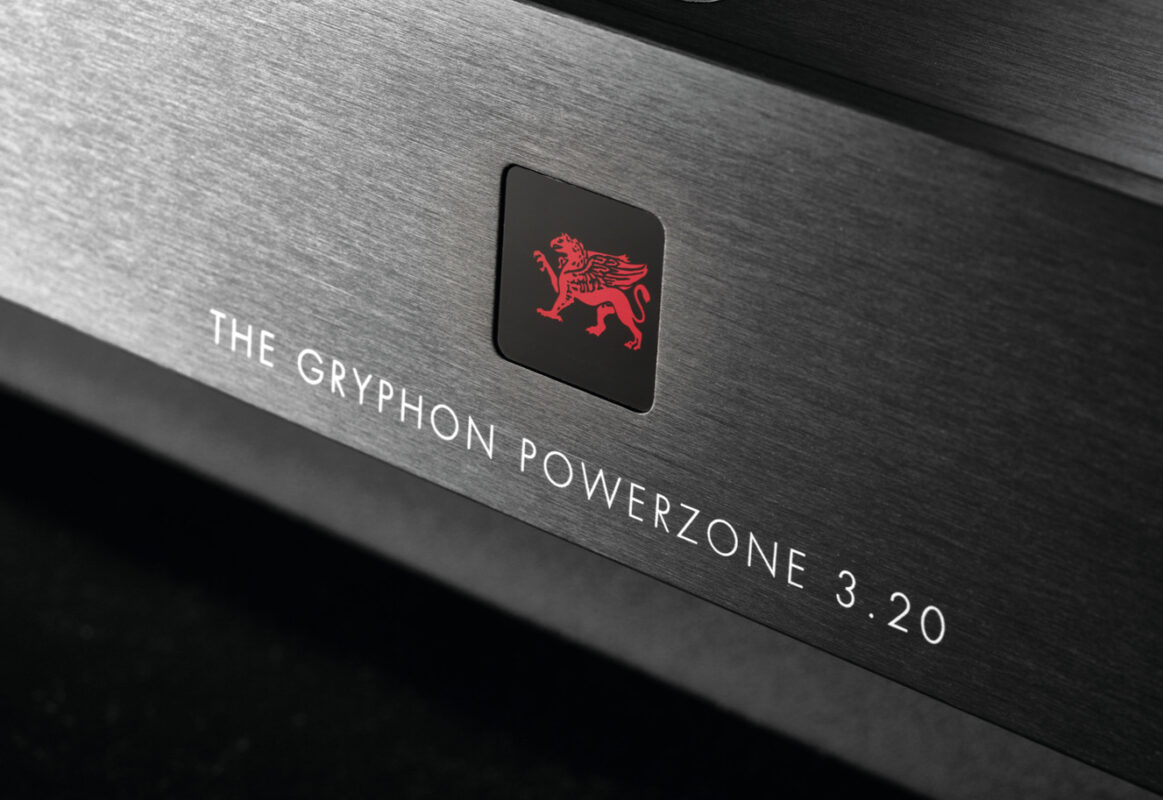
The PowerZone 3 features resin-potted crystalline structures known as HafnerTech™ Conductor Modules that focus and optimise the vibrational flow of electrons and thereby minimise the spurious resonances and the distortions they create. The adapted crystalline structures within these modules facilitate this vibrational flow in an undisturbed way with no loss of energy through noise or heat. I mentioned the idea of ‘massaging the AC’ before; the HafnerTech™ modules act as a kind of molecular-level spa treatment for your electrons. It also acts as a curated current flow, which is said to result in fewer artefacts and restrictions to the AC reaching the audio electronics.
This is accomplished without any current limiting, filtering or active signal processing in order to preserve the integrity of the AC signal. Gryphon even claims that room acoustics will have a less deleterious influence on sound quality when the PowerZone 3 is in place, as “rooms tend to disproportionately amplify the negative resonant characteristics of reproduced sound”.
The PowerZone 3 also benefits from the innovative SmartStack™ compound, a form of shim that combines liquid and calendered rubber for optimum noise damping. This material, developed by fellow Danes MENETA, is used in high-end automotive settings, and this is its first implementation in the audio world.
PowerZone 3 features star grounding, and all three ‘legs’ of the AC signal—positive, negative and earth—are treated equally. Each benefit from conductive environments specifically adapted to their unique needs. All internal wiring features Teflon-insulated 12 AWG silver-plated, OFC copper.

Gryphon-like build
It’s hard to describe the build of the PowerZone 3, because Gryphon is one of those ‘without parallel’ brands in the audio industry that take construction seriously. From the thick black anodised chassis to the elegantly restrained graphics, right through to the sheer overall solidity of the build, this is made ‘right.’ In fact, it gets the highest praise… it’s built like a Gryphon Audio product! Funny that.
While what goes on inside the PowerZone 3 are very different from almost every other conditioner on the market, there’s no denying it does a lot for your system. It’s not a subtle change, but neither is it so radical that it changes what you liked about your system in the first place. Instead, it’s like bringing out what was good about your system that made you buy it. Sounds are better illuminated; not spot-lit or too brightly or brashly brought into focus. It’s as if someone just raised the light levels a few notches. It’s even and well-balanced and… better.
Bass in particular snapped into focus with a clarity and precision that is extremely alluring and did so with all the transient energy and ‘snap’ required. The acid test of any power conditioning system here is ‘Chameleon’ by Trentemøller [The Last Resort, Poker Flat]. Those deep transients that can show up a port’s ability to choke up also highlight any softening or restrictions in power delivery, and there are none here. The sound of those almost square-wave deep bass sounds was more precise and had better leading-edge attack and less trailing-edge decay… as it should. This applied universally, to, whether it was just the one component getting the Gryphon treatment or the entire system.
Fine detail is also brought to the fore, with Joyce Di Donato’s voice both powerful and incredibly articulate [Stella Di Napoli, Erato]. On ‘Tu sola, o mua Giuletta… Deh! tu, bell’anima’, it resolves down to her voice and a French Horn player. This allows the two to have their separated physical ‘spaces’ in the mix, but never gets in the way of the beautiful music that underpins the track. And that’s the joy of the PowerZone 3 in a nutshell; it brings out both the bits that audiophiles crave and what music lovers want from their sound. All the while not changing the intrinsic performance of the system the listener originally selected.
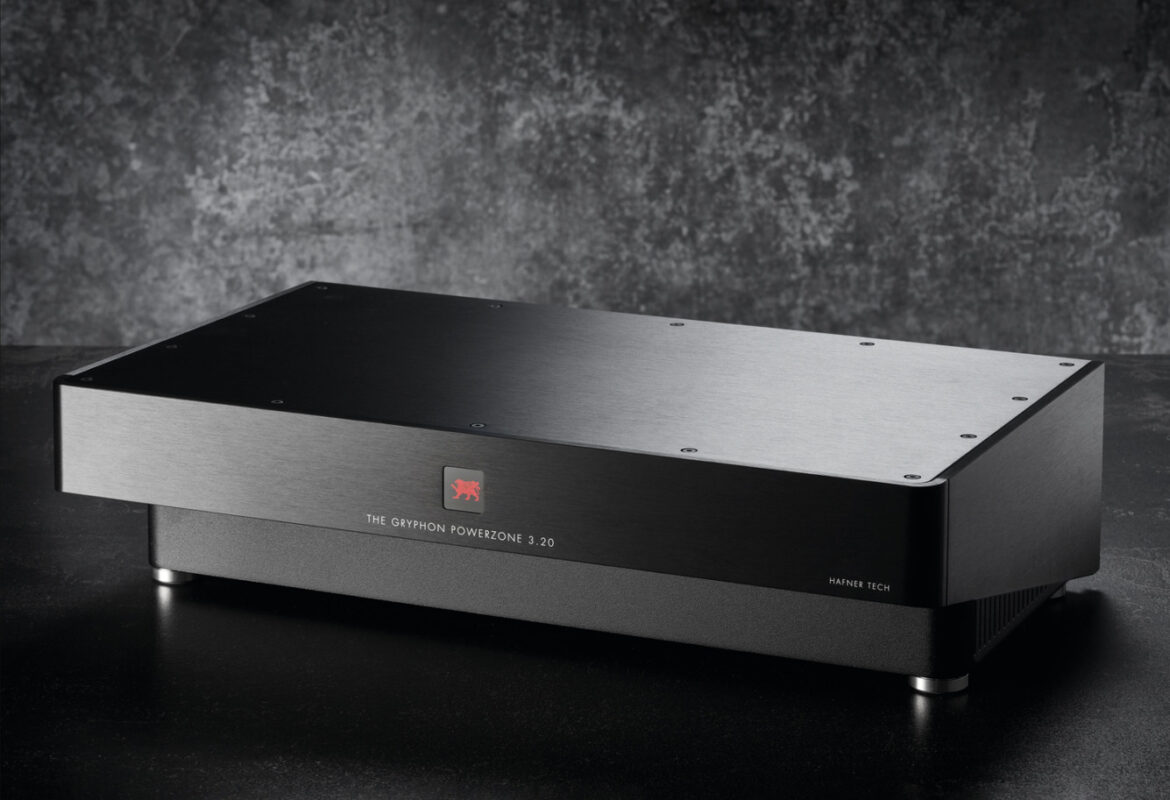
It behoves a reviewer to find flaw in a device, but in this one that’s hard. It’s self-sealing; the performance is less noticeable in equipment that isn’t that resolving, but you aren’t going to use a power conditioner that costs three times as much as your system, are you? Also, if you have some legitimately dreadful problems with your electrical supply, this isn’t the cure. The PowerZone 3 is more about bringing refinement to a good supply than transforming a bad supply into a good one.
The big theory
In fact, what little criticism the PowerZone 3 faces has nothing to do with its performance; it’s that the claims for why it does what it does will rankle with audio’s Science Club… who don’t need to listen to the Gryphon PowerZone 3 to form an opinion about it!
For the rest of us, the Gryphon PowerZone 3 is a game-changer. It helps bring out what your system is capable of without sacrificing one aspect of its overall performance. Sure, it’s expensive and that puts it in the context of some very lofty audio electronics, but if you want those electronics to have a glow-up, go for Gryphon!
Specs & Pricing
Type: Power optimiser; PowerZone 3:10, 1 bank of 8 Furutech outlets, 20A capacity, 1x HafnerTech™ module; PowerZone 3:20, 2 banks of 4 Furutech outlets, 40A capacity, 2x HafnerTech™ module
Dimensions (WxHxD): 48.6×12.5×28.5cm
Weight: (PowerZone 3.10) 10.9kg, (PowerZone 3.20) 11.9kg
Price: PowerZone 3.10: £14,500, $14,000, €15,500; PowerZone 3.20: £17,950, $17,500, €18,950
Manufacturer
Gryphon Audio Designs ApS
www.gryphon-audio.dk
Tags: GRYPHON POWER POWER CONDITIONER AC










